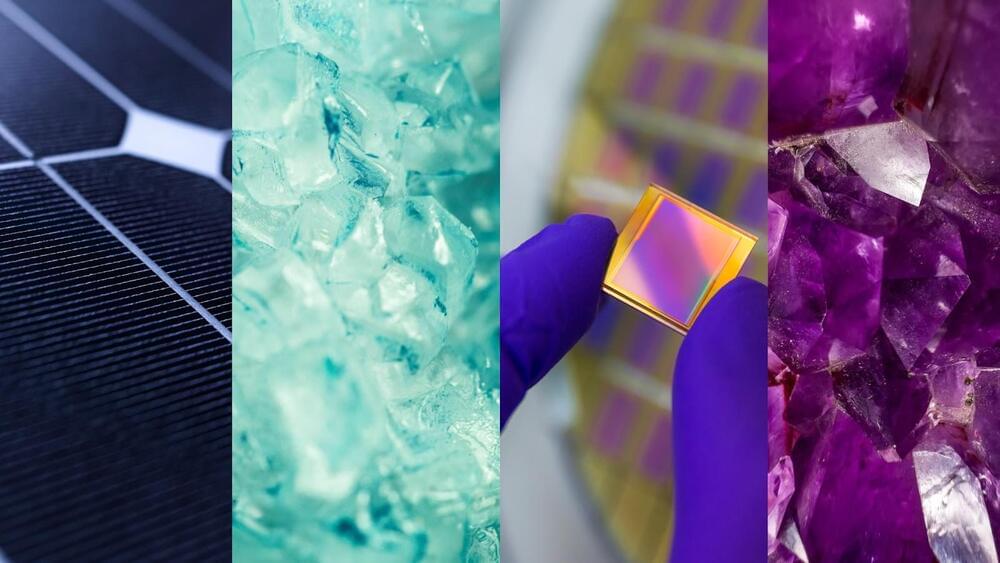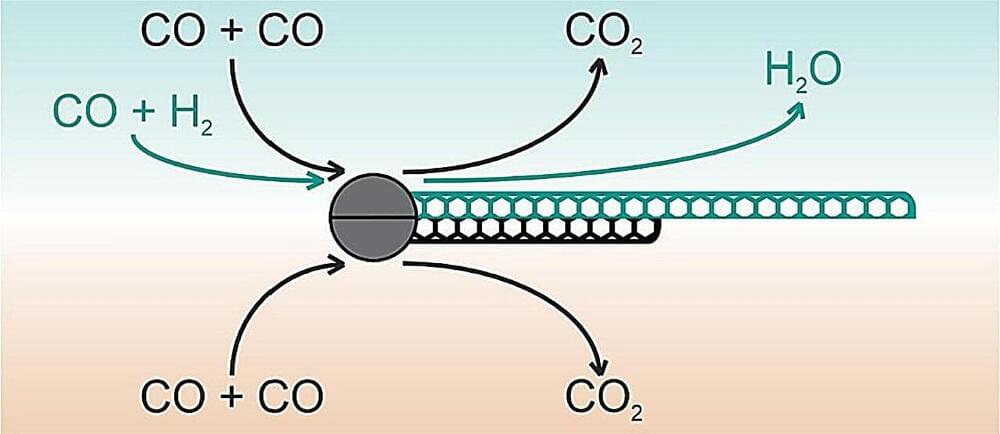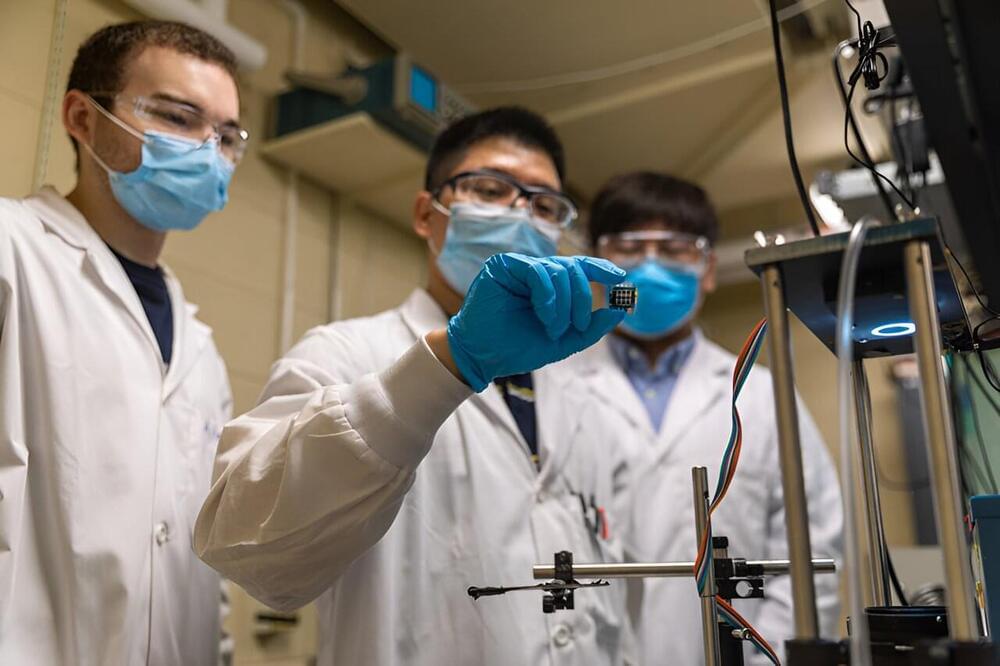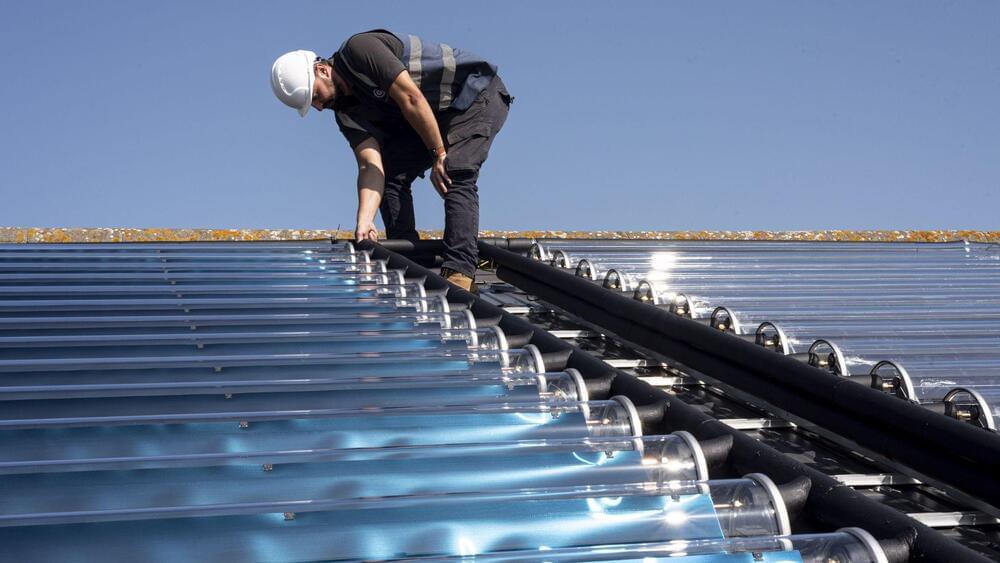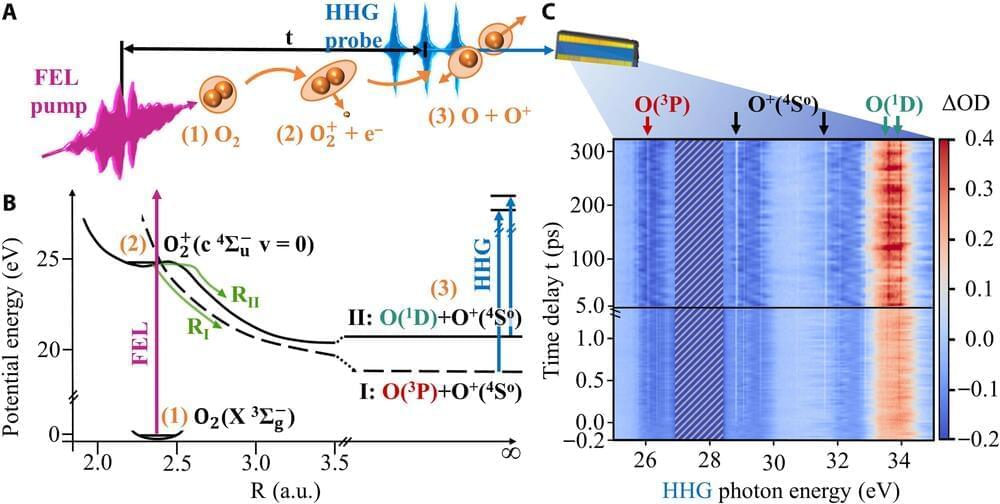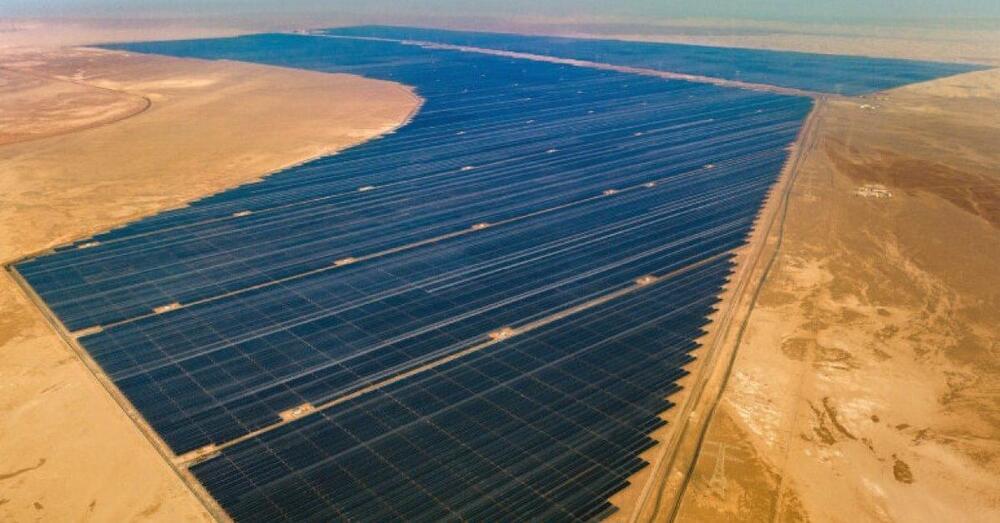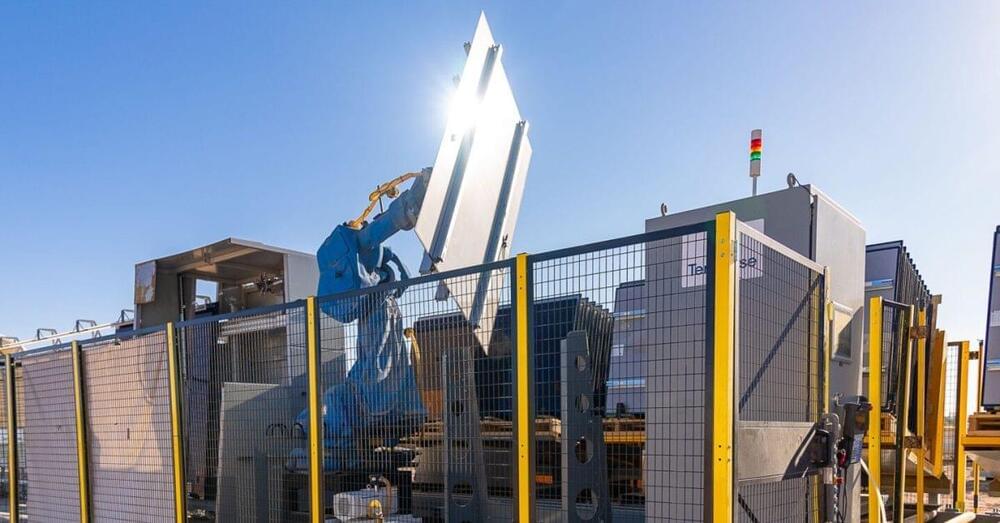Nov 29, 2023
Millions of new materials discovered with deep learning
Posted by Cecile G. Tamura in categories: robotics/AI, solar power, sustainability
An #AI tool that has discovered 2.2 million new materials, and helps to predict material stability.
AI tool GNoME finds 2.2 million new crystals, including 380,000 stable materials that could power future technologies.
Modern technologies from computer chips and batteries to solar panels rely on inorganic crystals. To enable new technologies, crystals must be stable otherwise they can decompose, and behind each new, stable crystal can be months of painstaking experimentation.
Continue reading “Millions of new materials discovered with deep learning” »
